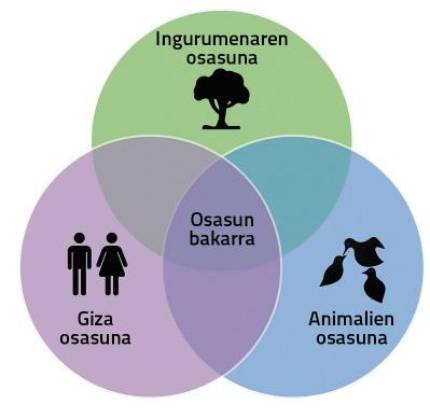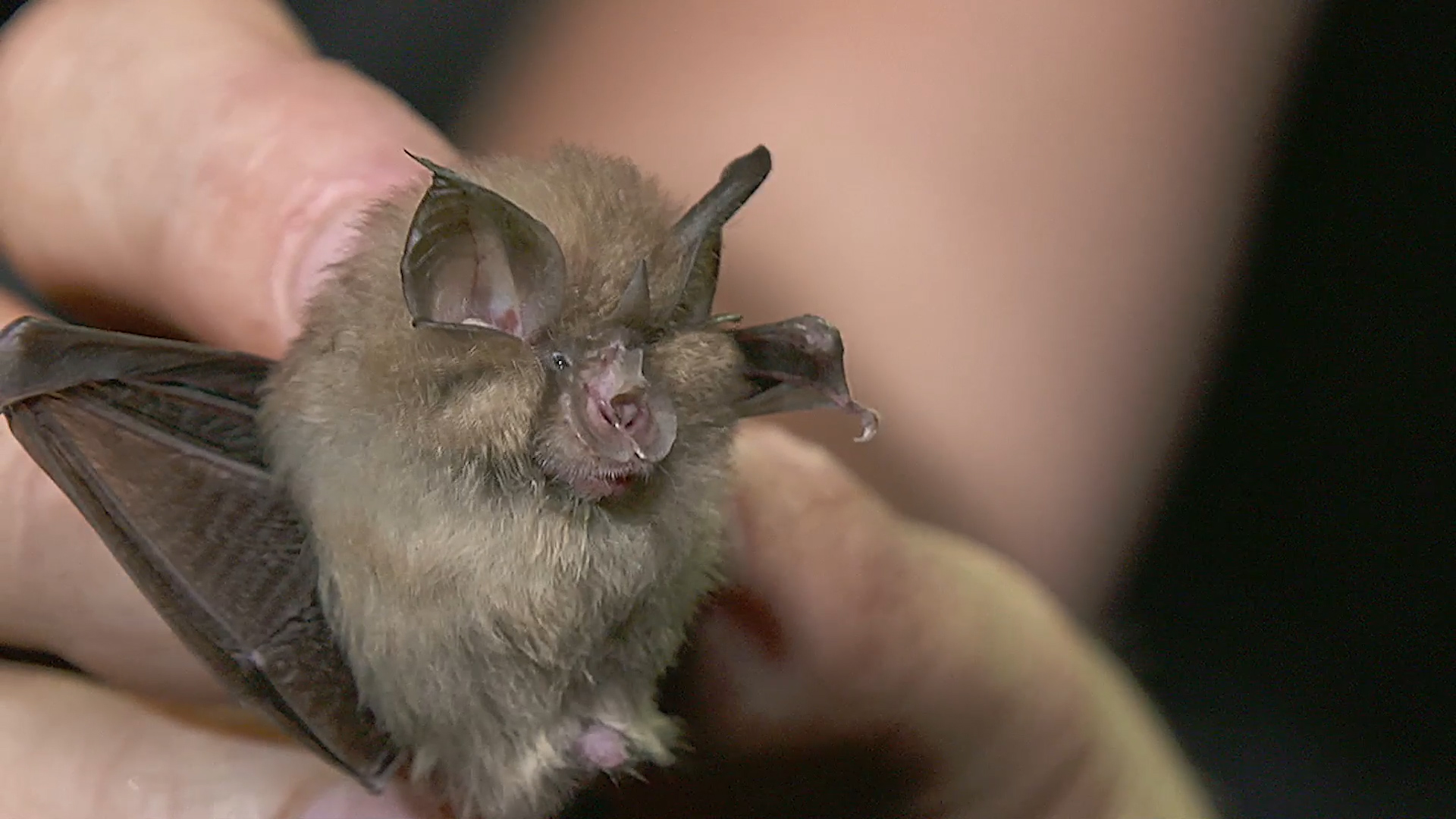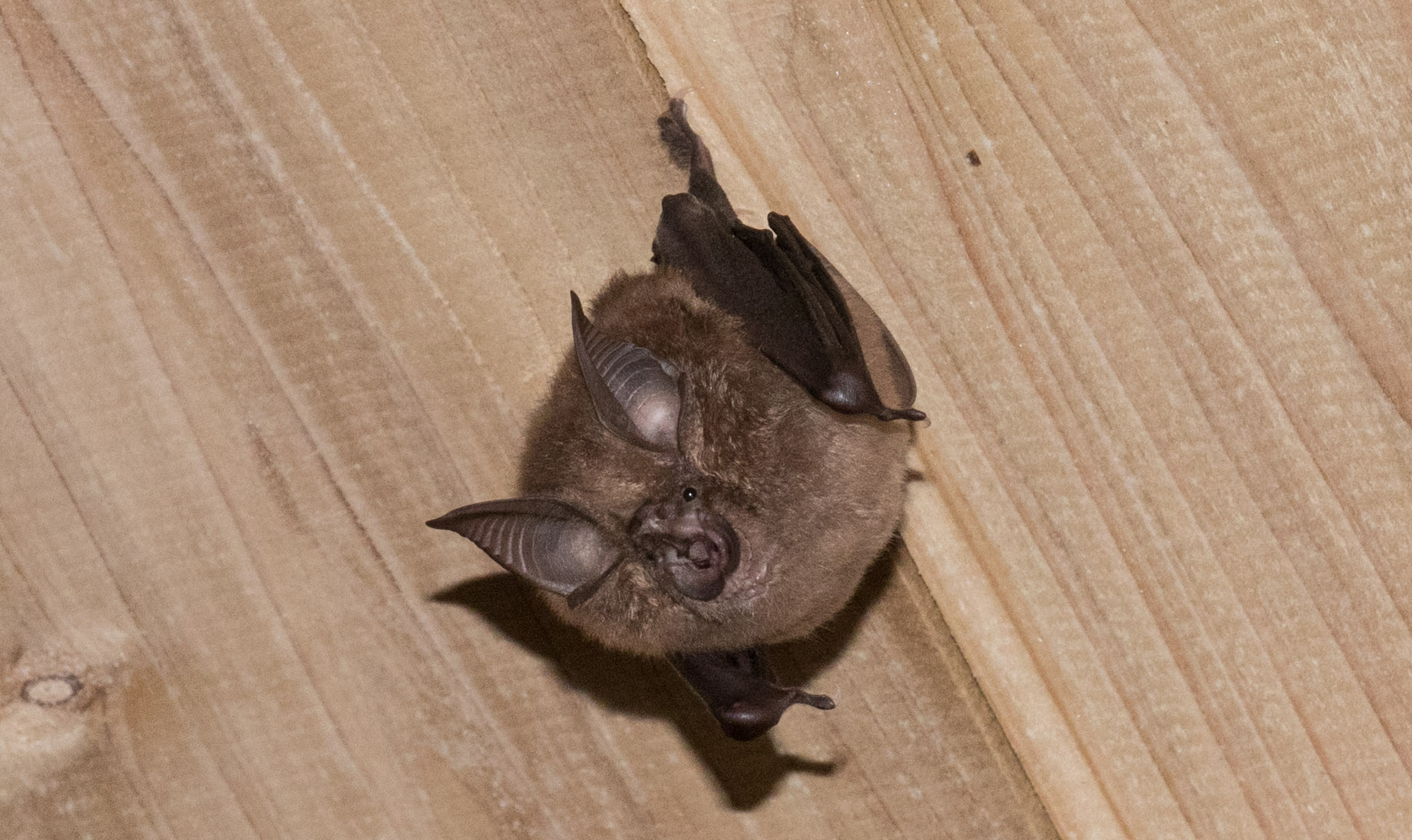the origin of covid-19, beyond bats
2021/06/01 Galarraga Aiestaran, Ana - Elhuyar Zientzia Iturria: Elhuyar aldizkaria
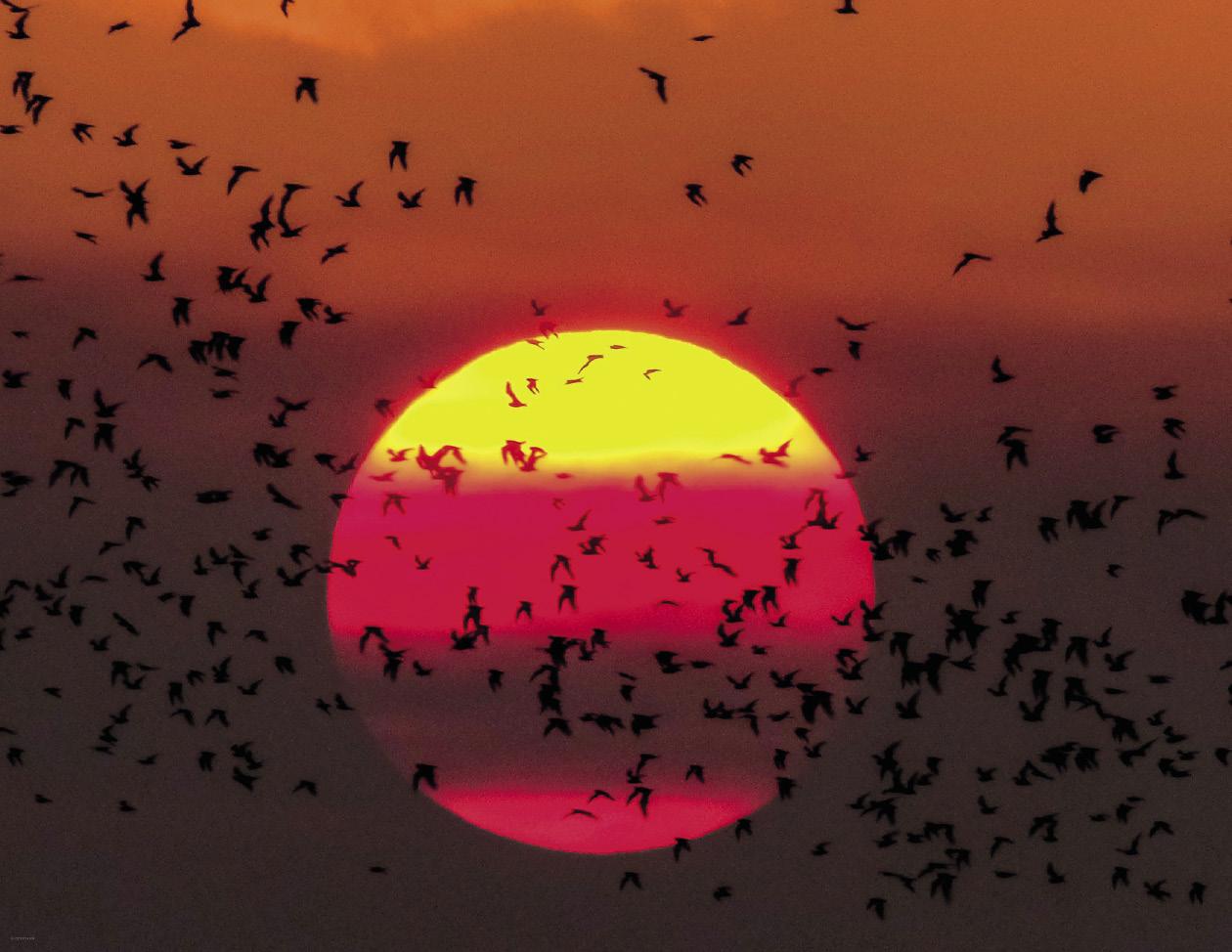
“After seeing it, we all knew.” And that's what he says when he heard the scientists that covid-19 didn't quite surprise them, that they were expecting a kind of epidemic before or after. This is corroborated by the zoologist Joxerra Aihartza Azurtza: “The risk factors for a case are known and have finally come together. The first is proximity. Pathogens (wild animal viruses) and living (people) that were previously separated from each other have been linked. There are no more wild areas and as a result of globalization, what happens in one corner of the world quickly reaches the other end.”
He explained that previously the risk was much lower. The places and people that were close to wildlife were isolated and, if a zoonotic pathogen appeared, that is, if a pathogen jumped from animals to humans, it caused the disease in place and did not spread. But man has reached all places and has been closely linked to wildlife, with which risk has increased considerably.
However, the virological veterinarian, Elisa Pérez Ramírez, confesses that she did not expect her dimension: “I am a veterinarian and research in virology, especially in birds, flu, etc. I am also investigating the West Nile virus recently, so I know very well the risk factors for creating a pandemic. In addition to the researchers, international organizations were also aware and the World Health Organization itself warned of the increasingly frequent occurrence of new animal diseases. However, I was surprised by the measures and the speed of this scourge. After all, we have not had it since 1918, and it is terrible that it happens during personal life. But it's true that we played with fire."
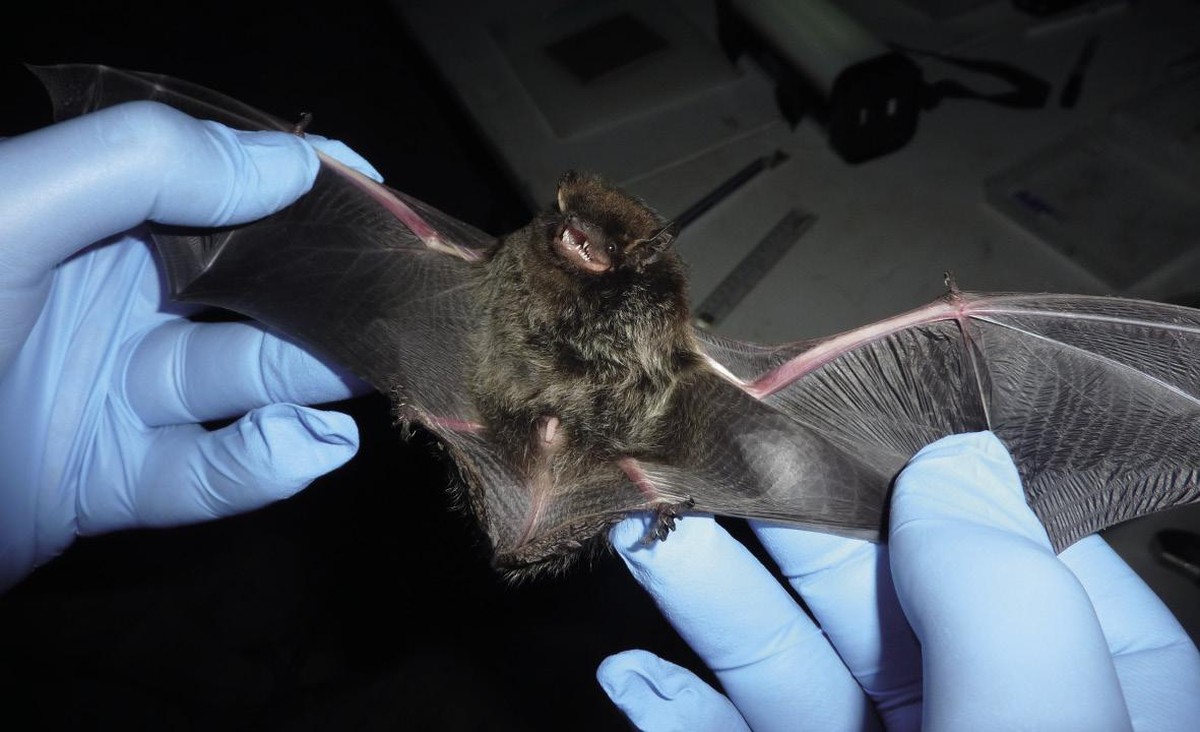
In case of a bet, Pérez said he would have bet on some flu virus: “I expected a bird or pig flu. Threats have also occurred with H5N1 and H1N1, but they failed to transmit as well as this among people. This has made this coronavirus a pandemic because of its effectiveness in interpersonal transmission. Also excretions before or without symptoms, i.e., symptomatic and asymptomatic. In any case, it was clear that it was going to be a respiratory virus.”
Special characteristics of bats
The discovery of the genetic origin of this respiratory virus in bats was not very surprising to scientists. Outbreaks of SARS and MERS have previously occurred, the first in 2003 and the second in 2012. Both had their origin in a bat coronavirus and, through another animal (the comb in SARS and the dromedary in MERS), came to humans and passed from man to man. Therefore, since then many researchers have been investigating bat viruses. Despite this, Aihartza already worked long before the onset of these diseases.
For example, in 2011, along with other zoologists and virologists, published a scientific article on bat coronaviruses in the Iberian Peninsula, which year after year has been describing other bat viruses. Bats are ideal for investigating viruses. First, they are social animals living in large groups, so any pathogen spreads easily between them, making logistics much easier for researchers. “That’s why we know bats better than viruses from other animals,” said Aiartza.
Other peculiarities are its vertiginous metabolism, its excellent immune system and its high immunotoludesia, which are hardly cancer and live for years. These features are also very interesting for researchers from different fields.
This basic research allowed scientists to rapidly relate this pathogen to bats that caused unusual pneumonia in humans. The first cases of atypical pneumonia were reported in China in December 2019 and sequencing of the causative virus was achieved on 10 January 2020. Compared to the genetic information of all the existing viruses, they saw that the virus was new and the closest was a coronavirus from a horseshoe bat.
From there it was generalized that bats are the origin of the SARS-CoV-2 virus. But Aiartza has another perspective. There are 1,423 species of bats, one quarter of the mammalian species. Among them are the large flying foxes, the small species that weigh less than 3 grams, many are insectivorous, but there are those who eat fruit, pollen, flowers… There is a great diversity. And their zoonotic risk, that is, the risk of their pathogens jumping towards us, is not greater than that of other animals, but lower, for example, than that of rodents and artiodactyls (deer, cows...), and that of primates.
In addition, Aiartza has stressed that SARS-CoV 2 has not been found in bats. “Similarly, we know what its origin is, but we do not know where it has mutated so that the human being can become infected and transmitted between us.”
The problem of nurseries
According to Pérez, it would be interesting to identify this intermediate species, since it is very difficult to move from bats to people. “There is probably another species among them. And it must be what lives or grows in large groups to be epidemiologically significant; what coronaviruses infect easily; and what is closely related to humans.”

As he has said, it is possible that the answer lies in the squatting nurseries in the Yunnan Chinese region. In these nurseries there were wild animals (raccoons, visats, ferrets, pangolins, hawthorns…) that brought them alive to the fairs, including Wuhangora. This custom also joined some outbreaks of African swine fever. This led to the death of many pigs, increased pig meat prices and increased consumption of wild animals.
“Studies have shown that these species are easily infected with SARS-CoV-2. If they live in freedom in their environment they are not so dangerous, but in nurseries the virus spreads easily between them and when they are in contact with humans it is facilitated the jump from one species to another,” explains Pérez.
For the time being, the fairs of animals on these farms have been banned in China. But problems are also happening in other nurseries, like the viveros of fur visas. Both Pérez and Aiartza warn of the danger of turning wild animals into reservoirs of viruses. They have already been found to be infected by wild visas, so the risk is not a hypothesis, it is real.
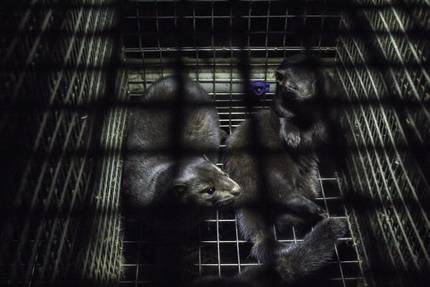
“For the time being, mink is the only animal in which it has been shown that there is transmission from animals to humans. This was seen very well in the Danish Visa Farms: the workers contaminated the visas, the virus grew in the guts, they contaminated the workers and they contaminated the people in their environment with the variant of coronavirus visas. Since then, drastic measures have been taken in nurseries, but despite everything, similar apparitions occur once by means,” Pérez said.
Outside the nurseries, both believe that less than enough research is being done into what happens to wild animals. Aiartza, for example, mentions the hulls: “In some areas the garbage is usually very abundant, as it is landfills and frequentation. But nobody here has ever thought of starting to give in to the garduñas. What will we solve by looking at ourselves, with vaccines, etc., if we have potential deposits in which new variants can be created? Another animal to consider is the cat. It's very widespread in towns and cities, many are wild and what if they're deposits? We know felines get infected, they get infected. Because the more cats we infect the more we throw the coin.”
The danger of transmission of SARS-CoV-2 in bat research also concerns Aihartza. But in addition to researchers, cats can also transmit the virus to bats. Italian researchers have warned of this danger and recalled that cats hunt bats. The risk is not so far away.
The best vaccine, take care of the environment

Perez and Aiartza are clear that environmental protection is the most effective preventive measure to prevent zoonoses or at least limit the risk of zoonoses. In other pandemics and zoonotic pests prior to COVID-19 the origin has always been the same: the rupture of the ecological balance.
Aiartza puts as an example a problem nearby: Lyme disease or borreliosis.“It is a very bad, very polymorphic and generally difficult to diagnose. For diagnosis, patients can suffer a lot and become chronic. The causative agent is a bacterium that contains numerous genospecies, Borrelia burgdorferi (sensu lato) that is detected in deer and corzos. In Euskal Herria, and in Europe, especially in Ixodes ricinus, it is abundant in the basasaguas of the genus Apodemus”.
To control borreliosis, some propose to kill deer and corzos and even did the test in the United States. But, according to Aiartza, it would be a mistake: “If you kill deer and corzos, you will probably also ruin carnivores. And these carnivores are the ones who eat rodents and control their population. Therefore, the more forests are “clean”, with few carnivores and scrubs, the better choice for small rodents without expansion limits.”
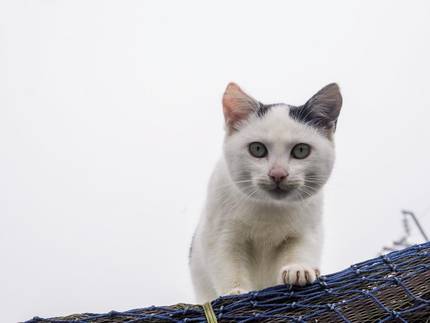
In particular, the One Health strategy considers it essential to preserve environmental and animal health in order to preserve human health. According to Pérez, this vision is widespread among veterinarians and environmentalists. However, those working in public health have so far not taken this into account in practice. “I think covid-19 will change it and the environment and animals will be managed differently to avoid diseases. But we're destroying ecosystems so quickly, I don't know if we'll get there in time. But it is clear that the professionals working in environmental management, animal health and the well-being of people need to work together, not only physicians, but sociologists, economists, etc.”
In this sense, the concept of syndemia, which also includes social factors, is very appropriate: “A government can ban live animal fairs, but the measure will not be successful if there is no alternative to those who live from it and if habits do not change through education.”
Pérez says clearly: “Everything invested in prevention will always be much less than what is spent on fighting the disease. In veterinaria we are very clear, so we make every effort to prevent pests. Imagine what would happen if the African swine fever came here and it was necessary to kill the pigs on the farms… The economic and social impact would be enormous. In human health, the focus is entirely reactive (treatments, hospitals…) rather than preventive. It's imperative to change your mind because everything is related. In short, taking care of the environment is the best vaccine.”

Gai honi buruzko eduki gehiago
Elhuyarrek garatutako teknologia






